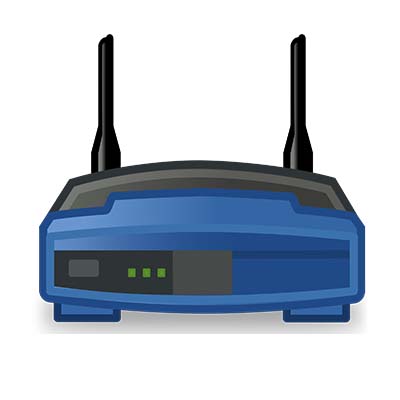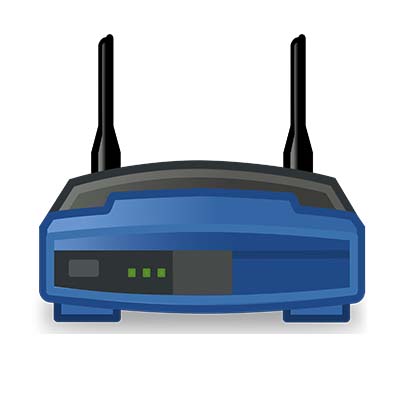Tech Term: Routers, Defined

With businesses relying more and more on portability and mobility, it should come as no surprise that businesses also have to devote more time to the proper management of their wireless network. A considerable portion of this management is reliant on the router the business uses, as without the router, the business simply couldn’t have a wireless connection.
Tech Term: Routers, Defined

With businesses relying more and more on portability and mobility, it should come as no surprise that businesses also have to devote more time to the proper management of their wireless network. A considerable portion of this management is reliant on the router the business uses, as without the router, the business simply couldn’t have a wireless connection.
Tech Term: Routers, Defined

With businesses relying more and more on portability and mobility, it should come as no surprise that businesses also have to devote more time to the proper management of their wireless network. A considerable portion of this management is reliant on the router the business uses, as without the router, the business simply couldn’t have a wireless connection.
For this week’s tech term, we’ll discuss the router in a little more depth.
What is a Router, Anyway?
The router got its start almost 50 years ago, developed under the name ‘Interface Message Processor’ by BBN at the end of the 1960s. Since then, routers have increased in utility, now serving to enable the user to communicate through a variety of different means – including data, video, and voice.
The router, or Interface Message Processor, was initially created to be used on the Internet’s predecessor, the ARPAnet. After years of development, Bill Yeager created the code that enabled the first multi-protocol router, which in turn led to the development of the first Local Area Network, or LAN, by Len Bosack and Sandy Lerner. This pair would go on to create Cisco Systems in 1984. Cisco has since grown to become the largest networking company anywhere in the world.
What Does a Router Do?
To greatly simplify the responsibilities of the router, it helps to imagine them as the exchange tubes that banks, and credit unions use in their drive-thru, and the funds they transport as the data that is exchanged through the router’s activity. The vacuum tube serves as the go-between between you in your car and the teller inside the bank, allowing you to communicate and exchange information.
Your router serves a very similar purpose to your network as the vacuum tube does to the bank, as your router establishes a connection between you and the Internet. Routers provide the connection between the Internet (or more literally, your Internet modem) and your devices. While many routers are described as wireless, this isn’t completely accurate. Any router will typically require a pair of connections – one to a power source, and the other to the modem.
How Does a Router Really Work?
Assuming that the necessary wires are properly connected, your router will send a signal out to the rest of your devices, so they can connect to the Internet. These signals will usually reach anywhere between 90 to 300 meters away, depending on the power of the router. Any device with a Wi-Fi connection built into it will connect, assuming that it has the proper credentials to do so. This number of devices will only grow as more consumer goods, like fitness wearables and other ‘smart’ accessories, are granted the ability to access the Internet as a part of their function.
At the very least, you will need to account for these connections when selecting a router. You should also do some research and identify any features that may be of particular use to you.
Some Options and Features
As is the case with any other piece of technology, a router gets better with every additional feature and capability it has. Routers are now able to leverage assorted features and capabilities that improve both their function, and their security.
- Dual-band Wi-Fi – Since there are so many devices using the 2.4GHz frequency, now many wireless routers come with dual bands (2.4GHz and 5Ghz).
- Wireless On/Off Toggle – For ease of use, having a dedicated on/off switch on the device is always practical.
- Detachable Antennas – Today, a lot of the routers you’ll see don’t have external antennas, but if you can find a model with them, they will provide more coverage to your Wi-Fi connection – and can even be upgraded!
- IPv6 Support – IPv4 addresses have been exhausted for some time, so every router you plan to have for a while has to support IPv6.
Catalyst Technology Group has technicians on staff that can help you build a successful wireless network. For more information, call us today at (317) 705-0333.

